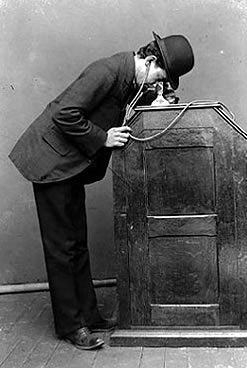Bit by bit throughout the year we've been inventing and developing our own civilizations by taking inspiration from real civilizations throughout history, both real and fictional.
Most recently we've added two new attributes to our civilizations and both gave the opportunity to also practice our creative thinking skills of FFOE and SCAMPER.
Next up is the culmination of our civilization project in the form of a dynamic, reader-interactive story using the online site http://www.inklestudios.com/inklewriter/. Watch for those stories to be posted before the end of the year.
Most recently we've added two new attributes to our civilizations and both gave the opportunity to also practice our creative thinking skills of FFOE and SCAMPER.
Constellations
After studying constellations and their associated myths and legends from various cultures, students designed their own and then wrote a myth to accompany it. The myth needed to somehow form a piece of the mythology of their civilization and reflect something about their civilization's geography, resources, beliefs, etc.Fruits
Every classic civilization has it's staple food crop. After watching a clip from the intriguing documentary The Fruit Hunters, we decided to make our staples fruits. We got inspiration from the adaptations of real life rare and exotic fruits and created our own. To call our fruits "exotic" would be a huge understatement!


























